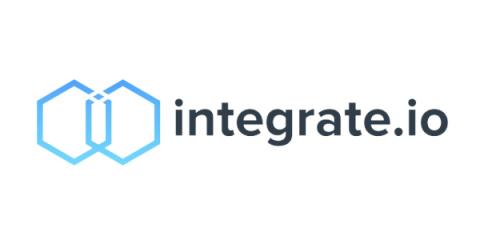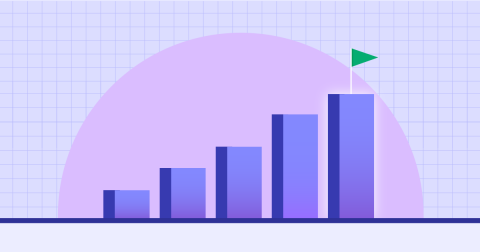Everything as a Service: Unlock Business Outcomes
In the wake of COVID-19, we saw a significant shift toward as-a-service offerings, something we haven’t seen in years. From conversations with CIOs over the past 12 months, we know they are looking for the flexibility, efficiencies and cost savings they get from the as-a-service model. This is especially important to them as they evolve their business models in a hybrid IT direction and become consumers of IT.







